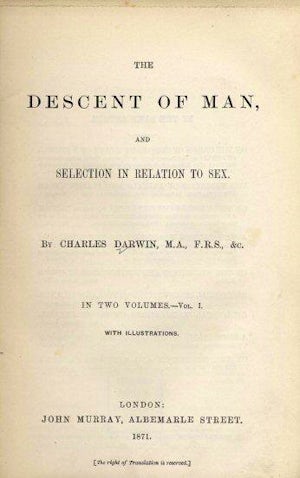1962. Francis Crick, James Watson and Maurice Wilkins receive the Nobel Prize for Physiology or Medicine for their work on creating the double-helix model of DNA. This model was based on an x-ray diffraction image taken by Rosalind Franklin and Raymond Gosling in May of 1952, in combination with the knowledge that the four base molecules that form the larger DNA molecule are found in pairs.
What follows is an excerpt of the presentation speech:
“The discovery of the three-dimensional molecular structure of the deoxyribonucleic acid - DNA - is of great importance because it outlines the possibilities for an understanding in its finest details of the molecular configuration, which dictates the general and individual properties of living matter. DNA is the substance which is the carrier of heredity in higher organisms” (Engström, 1962, as cited in Award Ceremony Speech, 1964, para. 4).
The significance of this discovery to the possibility of eugenics is consequently, quite clear. Although Crick, Watson and Wilkins were not engaged in eugenics when they discovered the structure of DNA, its identification opened the possibility of understanding human heredity better than it ever had been before.
Video of the presentation of the prize can be viewed at: http://www.nobelprize.org/nobel_prizes/medicine/laureates/1962/award-video.html
-Leslie Baker and Amy Dyrbye
Nobel Media AB. (2014). The Nobel Prize in Physiology or Medicine 1962. Nobelprize.org. Retrieved from http://www.nobelprize.org/nobel_prizes/medicine/laureates/1962/
Watson, J.D. (1968). The Double Helix: A Personal Account of the Discovery of the Structure of DNA. USA: McClelland and Stewart.
Award Ceremony Speech. (1964). Nobelprize.org. Retrieved from "a href=" http://www.nobelprize.org/nobel_prizes/medicine/laureates/1962/press.html">http://www.nobelprize.org/nobel_prizes/medicine/laureates/1962/press.html
 1869:
Galton publishes Hereditary Genius
1869:
Galton publishes Hereditary Genius
 1871:
Charles Darwin publishes The Descent of Man
1871:
Charles Darwin publishes The Descent of Man